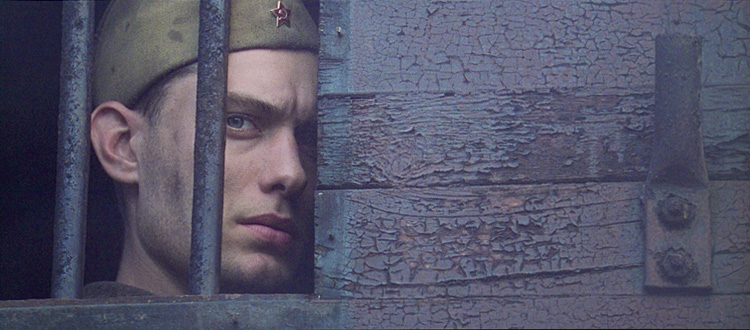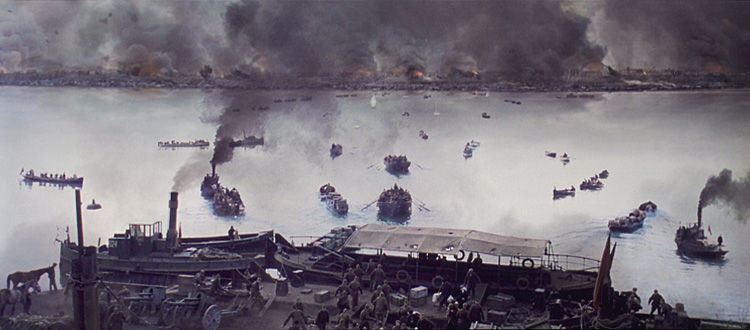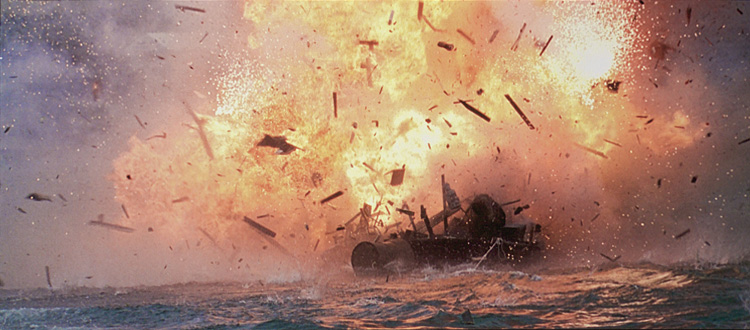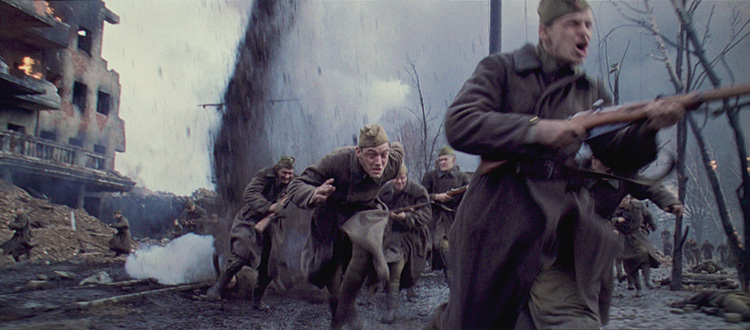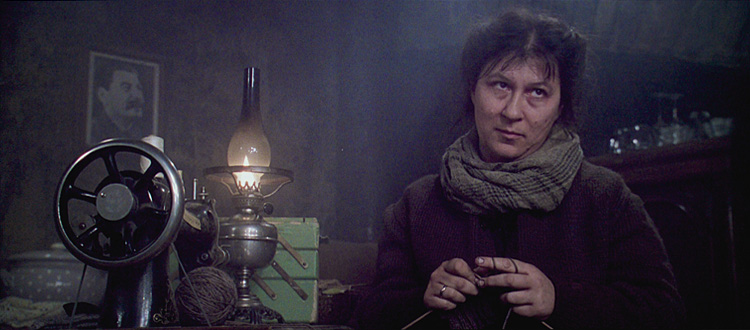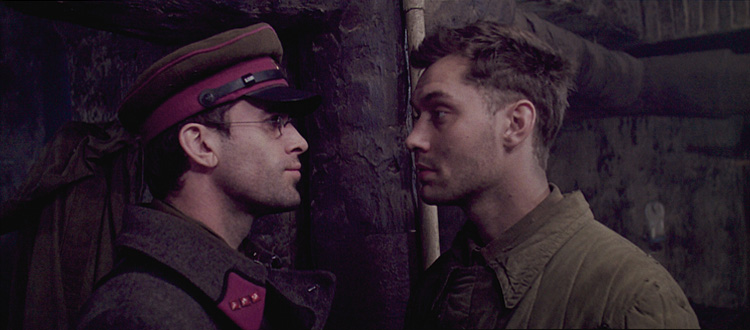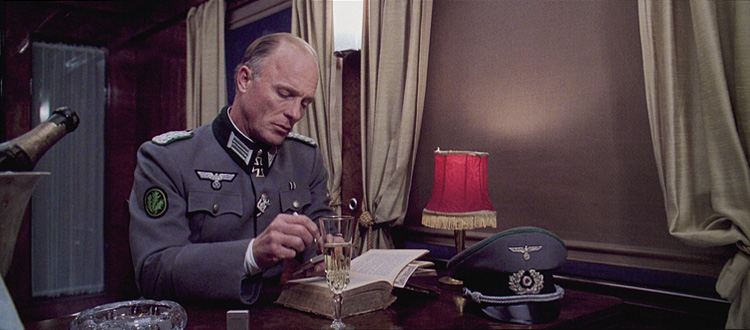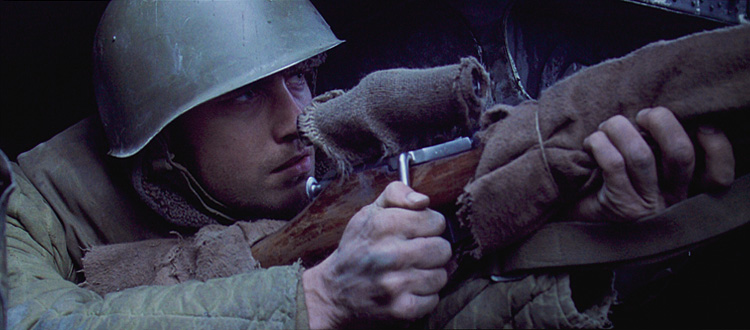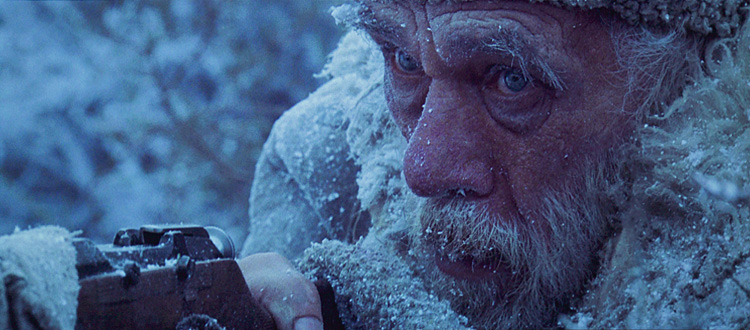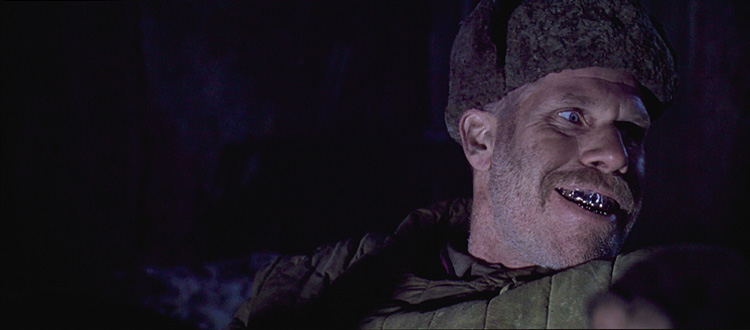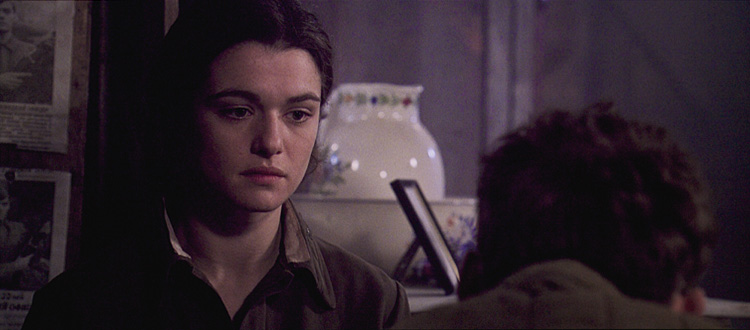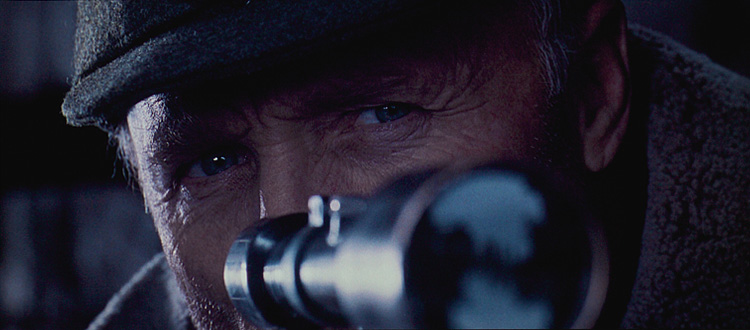Review by Leonard Norwitz
Studio:
Theatrical: Repérage Productions
Blu-ray: Paramount Home Entertainment
Disc:
Region: All
Runtime: 131 min
Chapters: 20
Size: 50 GB
Case: Standard Blu-ray case
Release date: May 19, 2009
Video:
Aspect ratio: 2.35:1
Resolution: 1080p
Video codec: AVC
Audio:
English Dolby TrueHD 5.1. Spanish & French Dolby Digital 5.1
Subtitles:
English SDH, English, French, Spanish & Portuguese
Extras:
• Through the Crosshairs - in SD (19:36)
• Inside Enemy at the Gates - SD (15:01)
• 9 Deleted Scenes - SD (10:13)
• Theatrical Trailer in HD
The Film:
6
Perhaps you will remember Director Jean-Jacques Annaud from
two of his earlier and more successful movies: Quest for
Fire and The Name of the Rose. Annaud is fond of darkness
and monstrosity, and the actor that has most represented the
director to this end for Annaud has been Ron Perlman.
Perlman has no fewer than 165 separate acting listings in
the IMDB – the second of which was as Amoukar (I didn't
remember this guy had a name) in the relatively mute Quest
for Fire of 1981. In 1986 he was the memorable and hideous
Salvatore in The Name of the Rose. The following year he
would be the obvious choice for Vincent in the TV series
Beauty and the Beast which, by the way, brought Linda
Hamilton to everyone's attention.
I digress by way of this actor before I even begin my review
because it is Perlman's character, Koulikov, a gifted and
savvy veteran of the war, and Perlman's emotional power as
an actor, visually and otherwise, that should have been the
third character in this movie, not Rachel Weisz's. The
Joseph Fiennes character, Danilov, who discovers and
exploits the sniper Vassili (Jude Law) should have been the
fourth. Bob Hoskins as General Nikita Khrushchev was
inspired and could have been enhanced. But the idea of
sifting in a love triangle has no place in this film. This
is not, after all, Zhivago, a story with a broad canvas that
could absorb the good, but confused doctor, Lara, and
Komarovsky.
Enemy at the Gates is inspired by real-life events during
the internecine siege of Stalingrad at a pivotal point in
World War II. When all seems lost, a lone Russian sniper
begins to kill off German officers in serious numbers, so
the Germans send in their best man to hunt him down.
Image:
8/9
The first number indicates a relative level of excellence
compared to other Blu-ray video discs on a ten-point scale.
The second number places this image along the full range of
DVD and Blu-ray discs.
Not an image to complain about, the original material is
often dark and gritty with enough light thrown in to
highlight the subject. After all, the snipers are trying not
to be seen. It's an interesting challenge for the DP. I saw
very few blemishes, though it was difficult to tell dirt
from dirt here. Film grain is present, but nothing that gets
in the way of seeing what's going on. Again, this represents
another artistic challenge because we would expect grain in
a film about WWII as a kind of faux-documentary, but the
filmmakers didn't allow themselves to go very far in that
direction. If anything, they seem to vacillate between the
one and a slick rendering of the scene. I was aware of no
other enhancements, artifacts or DNR. Bit rates tend to be
high – around 30 MBPS.
Audio & Music:
7/9
I was surprised that the surrounds were not used to better
advantage in the boat crossing scene near the beginning of
the movie. More attention was paid to the music than the
panning of planes passing overhead or the bullets flying
across the frame. On the other hand, the rushing of armies
toward each other fills the space with courageous doom. Bass
and treble effects are good, but not as dynamically
expressed in either direction as we are used to hearing in
such movies in the past decade or so. Yet the effect is
scattered rather than specific, an emotional expression of
the actual experience, I would guess.
James Horner's music is lush and "Hollywood" with long
melodic lines rather than punchy percussive motifs. His
music is every bit as important as the cinematography, art
direction and sound effects to bring us into the emotional
and immersive experience.
Operations:
6
There's very little to the unanimated menu page, though
what's there is simple enough – with one important caveat:
the extra features are only accessible from the Home Menu
page. So if you want to go there from anywhere in the movie,
it automatically pause until you return, even if it looks
like you've lost your place.
Extras:
3
All the extras are shown in standard definition, but look
very good in 4:3 and/or letterboxed format. Even the deleted
scenes which, for a change, are probably the best of the
bunch, look very good, both in terms of image and content.
"Through the Crosshairs is very EPK, though it starts off
promisingly with Annaud talking about how the idea of making
a movie about snipers grabbed his attention. Too bad he
didn't stick with that idea for the movie he ended up
making. "Inside Enemy at the Gates" is more about the
historical context of the story. (Shouldn't these two
features have their titles reversed!) There are nine deleted
scenes,
most of which could have been left in for character breadth,
though it wouldn't have saved a doomed idea.
|
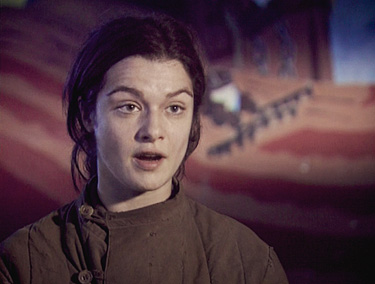 |
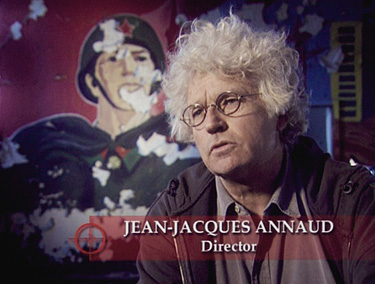 |
|
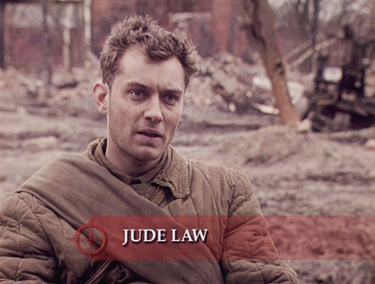 |
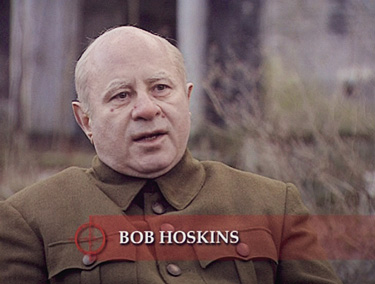 |
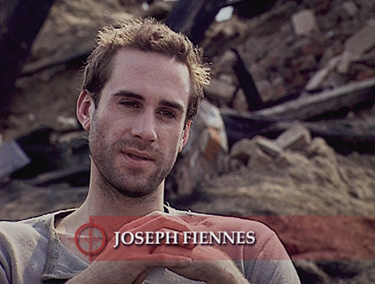 |
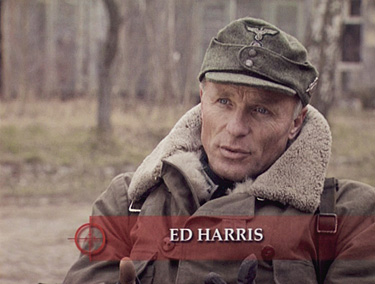 |
Bottom line:
6
A perfectly good idea for a movie ruined by producers with
their eyes on the box-office. And it didn't help. Serves
them right. A triangulated love story is just what this
movie did not need. That said, the image looks pretty good,
especially considering that a good deal of the action is
meant to be hidden from view. The audio is convincing, but
the bonus features are weak.
Leonard Norwitz
May 24th, 2009
![]()
![]()

![]()
![]()
![]()
![]()

![]()
![]()


